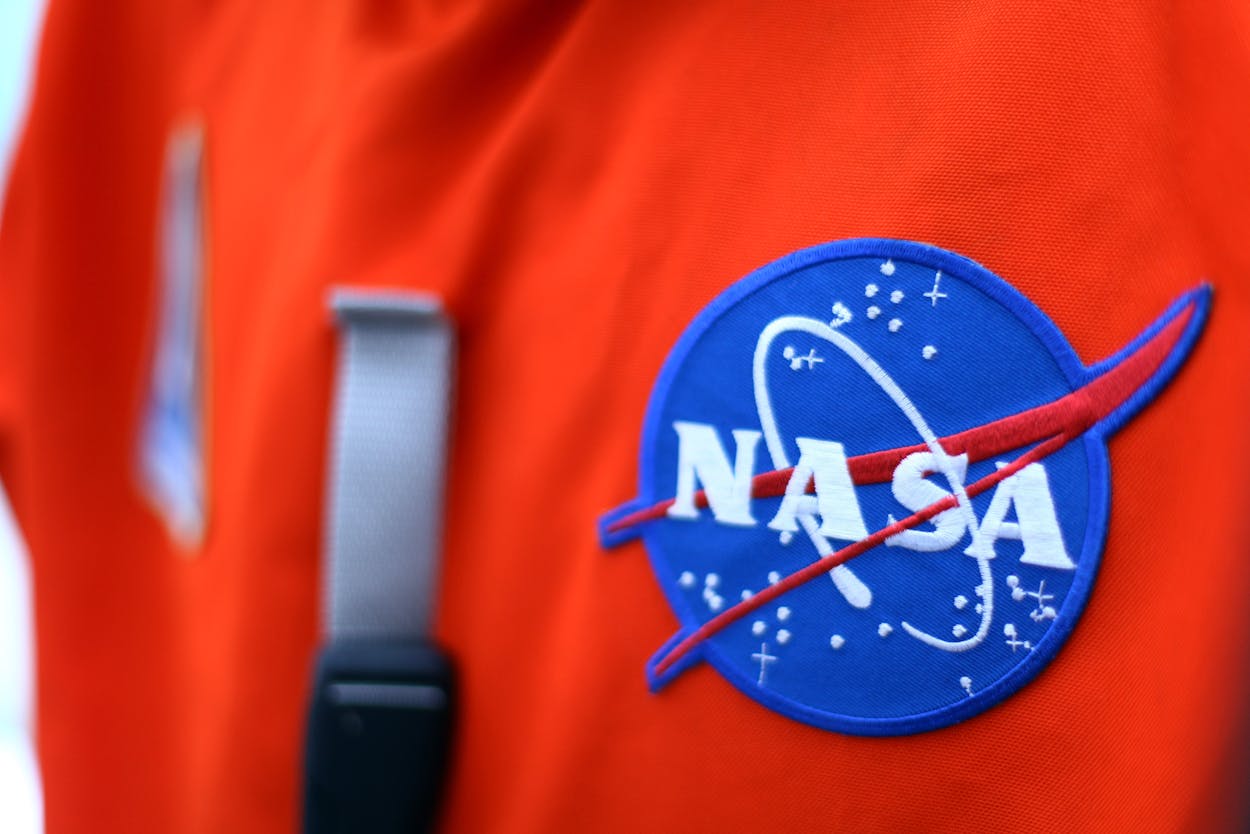President Donald Trump recently signed the NASA Transition Authorization Act, which provides $19.5 billion in funding and adds human exploration of Mars as an agency objective. It’s like a flower blooming in the wasteland. At $19.5 billion, the budget is not too bad as it is roughly in keeping with past budgets. This tiny flash of color brings gladness to the heart, but the story is in the wasteland.
I was a graduate student watching on a decrepit TV when Neil Armstrong stepped on the moon. At that time, it was inconceivable that the space program would not continue. Back then we thought by now, we would have permanent colonies on the moon and be well on our way to Mars. But priorities shifted and here we are, decades later, with NASA still stuck and struggling to get out of low-Earth orbit.
NASA’s work demands long-range steady budgets, but that is not how the U.S. funding system works. The blueprint budget for 2018 was originally going to trim NASA to $19.1 billion. If discretionary funding is slashed, as current developments suggest, NASA may yet be in a drastic budget crunch and aspirations yet again postponed.
Here is where the story of the wasteland begins. In terms of the broader picture of science funding, the picture is bleak. There are two reasons: insufficient funds to support world-leading scientific innovation in the U.S. and suppression of the free exercise of science.
Gone are the days when funding was sought to double the support of the National Institutes of Health (NIH) and the National Science Foundation (NSF). For the NSF, which funds many of my astronomy colleagues, budgets have not recovered from the disaster of the 2008 great recession and the subsequent sequester. Grant success rates have plummeted from about 1 in 3 proposals to 1 in 7.
It is hugely difficult to maintain a research program when funding is, at best, sporadic. If the timescale for faculty grant success is longer than the characteristic “lifetime” of a graduate student, which is five to six years, the process of regeneration withers and science suffers. Harold Varmus, a past director of the NIH, pointed out in an editorial that, because 80 percent of the agency’s funding is for multiyear grants that are locked up in advance, a 20 percent cut would mean that there was no money for new proposals. The same would be true for the NSF.
More insidious is the plan for wider re-arrangement of priorities. The hot button is climate change science. In these days of alternative facts and fake news, one of the tactics is to curtail the obtaining of data that is critical to guide fact-based science. Hence we have discussion of limiting studies of the Earth by NASA and savaging budgets of the Environmental Protection Agency. This is not a new tactic. It has long been practiced in the controversial area of gun control, with Congress having formally forbidden the Centers for Disease Control and Prevention from collecting data on weapon use that might illuminate discussion of the topic. Forbidden to collect data; contemplate that notion for a moment. That is not how we made America scientifically great.
Basic scientific research in astronomy, physics, chemistry, biology, computer science, Earth science and many other disciplines is the seed from which the innovation engine of the U.S. economy grows. The appropriate balance of funding for scientific research versus other priorities is a legitimate topic for discussion in a democracy. Everyone should be concerned that we get this right or lose our competitive advantage. As a bonus, we gain a deeper understanding of our place in the universe.
The moon, asteroids, and Mars. Let’s do it all, but we must do it from a solid, fact-informed base. Do not let the solo blooming flower distract from the vision of the wasteland.
J. Craig Wheeler is the Samuel T. and Fern Yanagisawa Regents Professor of Astronomy at The University of Texas at Austin.






